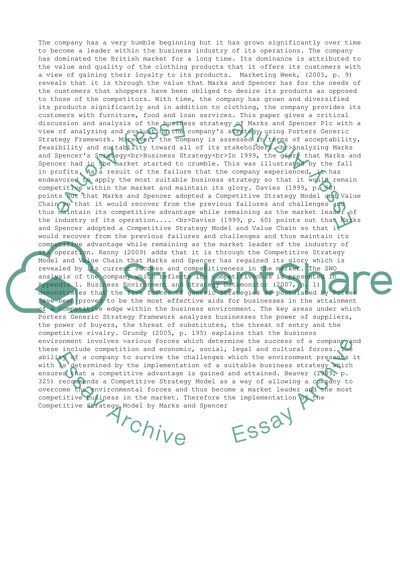Cite this document
(“Marks And Spencers Business Strategy Assignment”, n.d.)
Retrieved from https://studentshare.org/business/1397383-marks-and-spencers-business-strategy
Retrieved from https://studentshare.org/business/1397383-marks-and-spencers-business-strategy
(Marks And Spencers Business Strategy Assignment)
https://studentshare.org/business/1397383-marks-and-spencers-business-strategy.
https://studentshare.org/business/1397383-marks-and-spencers-business-strategy.
“Marks And Spencers Business Strategy Assignment”, n.d. https://studentshare.org/business/1397383-marks-and-spencers-business-strategy.


